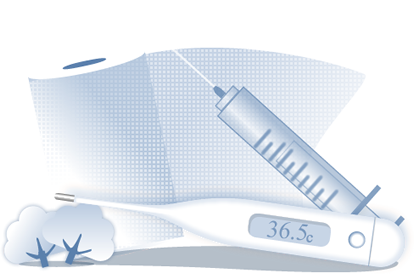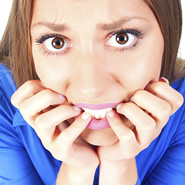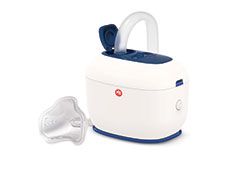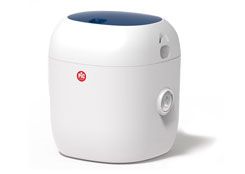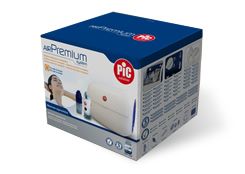
Asthma and sport: a tale of a troubled relationship
So asthma and sports can't go together? Until the Seventies, any sort of physical activity was out of bounds for people suffering from this respiratory condition, whereas nowadays, even some Olympic champions are asthmatic. Here's the story about a difficult, but not impossible, relationship.
Until the Seventies, sport and asthma were incompatible
After running 3 laps or cycling for 5 km, you can get a bit out of breath. That's normal if you haven't been training, but if you have asthma, this physical struggle can turn into a very real respiratory crisis. By that stage, the answer isn't just to stop for a breather, because you're dealing with a case of asthma that has a physical effect. It's a condition that's been studied since ancient times and so far there is still no definitive answer to it in scientific research. Nonetheless, we still have to recognize the scientific advances that have been made; when you think that up to the Seventies, people suffering from it weren't allowed to do any sports at all. Nowadays even some Olympic champions are asthmatic.
Asthma and sports were first studied 2000 years ago
The first studies on the correlation between asthma and exercise date back to the Greek physician Aretaeus of Cappodocia in the second half of the first century BC, but the first scientific reference to sports-induced asthma comes from an analysis by English doctor John Floyer in 1698. From that date until the last century, asthma and sports were like chalk and cheese, two diametrically opposed worlds with no way of communicating. Nowadays, modern science has proved that they can happily co-exist when the right precautions are taken. Further proof are the gold medals and the stories of the athletes who didn't give up on a competitive career despite having asthma.
An asthma attack only takes a few minutes to happen
Studies on the relationship between asthma and sports have shown that asthma attacks can happen a few minutes after the end of the physical effort, but never during it. The main trigger for this asthmatic reaction in this case is the increase in air flow caused by an intense physical activity. Asthma attacks caused by sports start with a feeling of heaviness in the chest and wheezing, which reaches a peak within 15 minutes. Normally, asthma symptoms stop within an hour and the airways completely recover, but more rarely, an asthma attack can happen even 4 to 6 hours after the sporting activity has finished.
How asthma and sports can co-exist
After centuries of study, medicine has identified the necessary measures to take to prevent respiratory crises in asthmatics who play sports, such as warming up for at least 10 minutes before starting the activity, and doing training that alternates between short sprints that can increase in intensity, with the same length of time spent recovering. These are all precautions to help avoid the strong contractions of the lungs that start off an asthma attack. While doing exercise, it's also important to breathe through the nose, which acts rather like a humidifier, and keeps the air at a suitable temperature. The effectiveness of these measures is also demonstrated by the number of asthmatic athletes, like the Olympic swimming champions Mark Spitz and Federica Pellegrini, and the cyclist Miguel Indurain.
Swimming is the best sport for asthma
There are, however, some sports that a person with asthma can do without any worries, and others less so. “Extreme” sports like mountain climbing, hang gliding and scuba diving are considered high-risk activities, whereas experimental studies have shown that running is the activity above all others that's the most likely to cause asthma attacks, followed by cycling, rowing, team sports, fencing and gymnastics. Swimming, however, is low-risk, thanks to the conditions swimming pools are in, which are kept at an average temperature of more than 25 degrees, and there is a higher percentage of moisture within an enclosed environment with fewer pollutants in the air.

